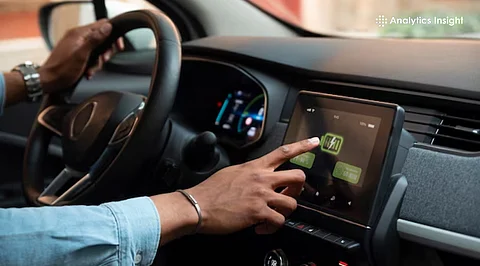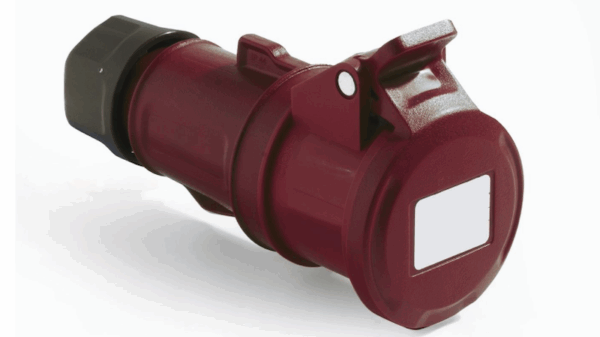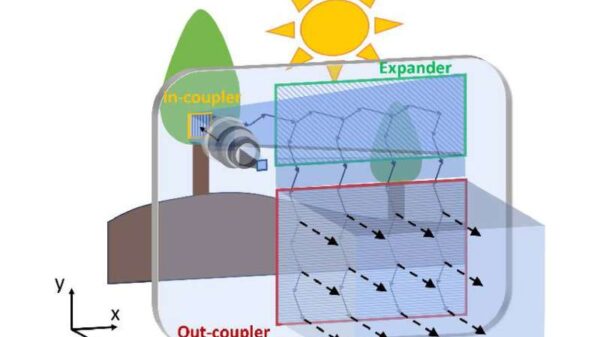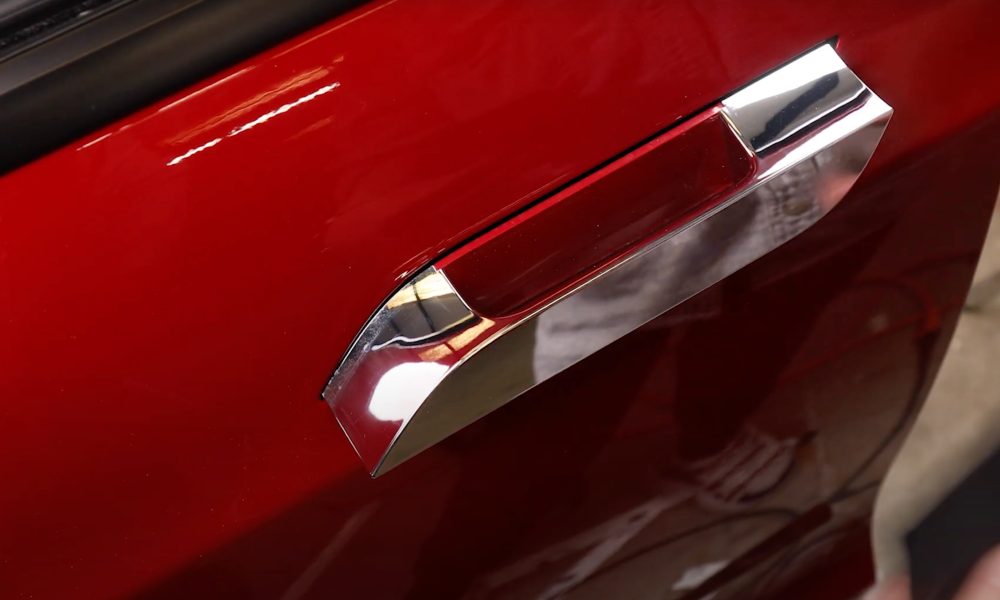China’s regulatory body for the automotive sector has announced a draft outlining new standards for vehicle door handle designs, prompted by scrutiny of Tesla’s current models. The new guidelines, issued by the Ministry of Industry and Information Technology (MIIT), focus on enhancing safety features and ensuring that all door handles meet specific operational criteria.
Tesla has faced criticism over its door handle designs both in China and the United States. These concerns have necessitated the company to explore solutions that may involve redesigning certain aspects of its vehicles. During an interview with Bloomberg last week, Franz von Holzhausen, Tesla’s Chief Designer, indicated that the company is actively working on integrating mechanical and electrical release mechanisms into a single design.
New Guidelines Aim for Enhanced Safety
The MIIT’s draft, titled “Technical Requirements for Automobile Door Handle Safety,” sets forth several mandatory changes aimed at preventing occupants from becoming inadvertently trapped in vehicles. Among the proposed requirements, the MIIT stipulates that the operational space for external door handles must be a minimum of 60mm×20mm×25mm, which is roughly the size needed for a palm to function effectively.
The draft outlines six key guidelines that manufacturers must adhere to. These include:
1. Each door, excluding trunk lids, must be equipped with an external handle featuring a mechanical release.
2. In the event of accidents involving battery thermal events, non-collision side doors must be operable through external handles without the need for tools.
3. External door handles must provide adequate hand operation space.
4. Every door must include internal handles that can be operated without external tools.
5. If electric internal handles are present, mechanical backup handles must also be installed.
6. Internal handles must be clearly visible and located within 300mm of the door edges.
The guidelines reflect a shift towards addressing the complexities introduced by electric door handle designs, which have become more prevalent in modern vehicles. The China Automotive Standardization Research Institute played a significant role in drafting these standards, utilizing data from 63 vehicle models across 20 different manufacturers. Deputy Director Rong Hui noted that these measures respond to the growing diversity in door handle designs in the context of automotive electrification.
Tesla’s Response to Regulatory Changes
In light of these developments, Tesla appears prepared to make necessary adjustments to its door handle systems. According to von Holzhausen, the company plans to introduce straightforward fixes that will enhance safety in “panic situations.” He noted that Tesla currently has mechanical releases in place across various models, but the integration of both mechanical and electronic functionalities into a single control mechanism would streamline operation.
“The idea of combining the electronic and the manual one together in one button makes a lot of sense,” von Holzhausen explained, emphasizing Tesla’s commitment to ensuring that its vehicles comply with the new safety standards.
As the automotive industry evolves towards greater electrification and automation, these regulatory updates from the MIIT reflect a proactive approach to ensuring that safety remains a paramount concern. Tesla’s response to the scrutiny and the subsequent adjustments to its designs will be closely watched by both regulators and consumers alike.



































































